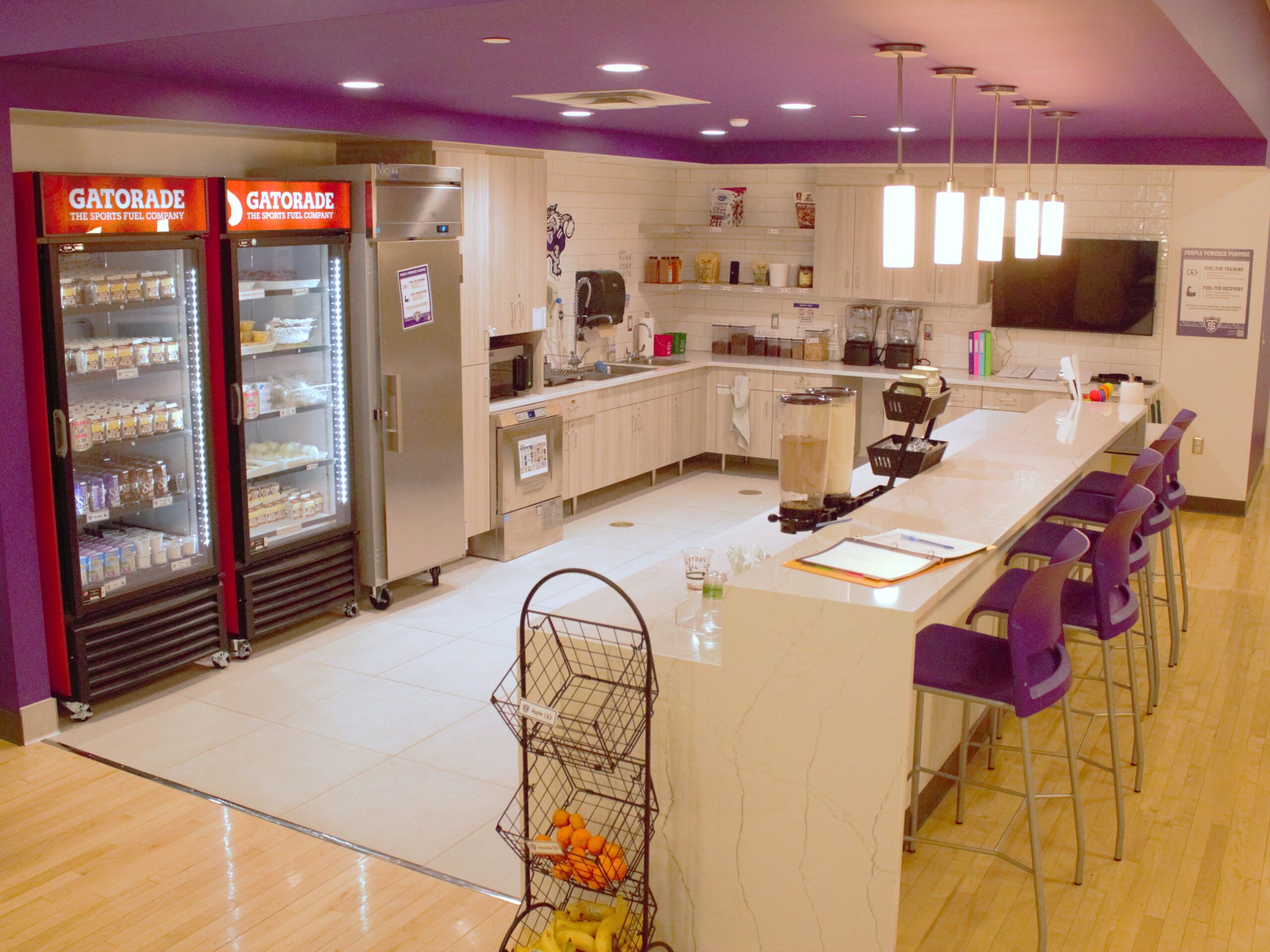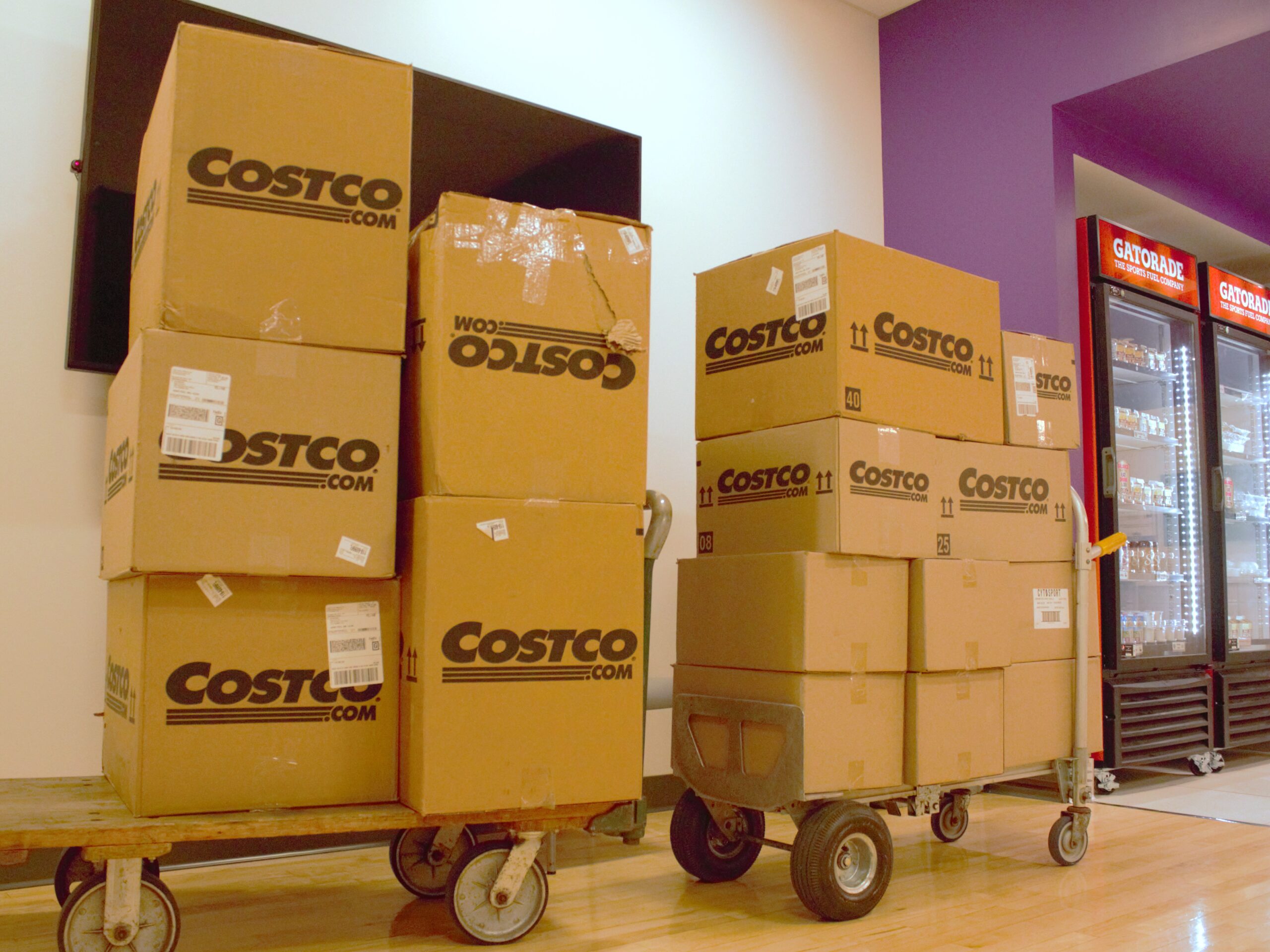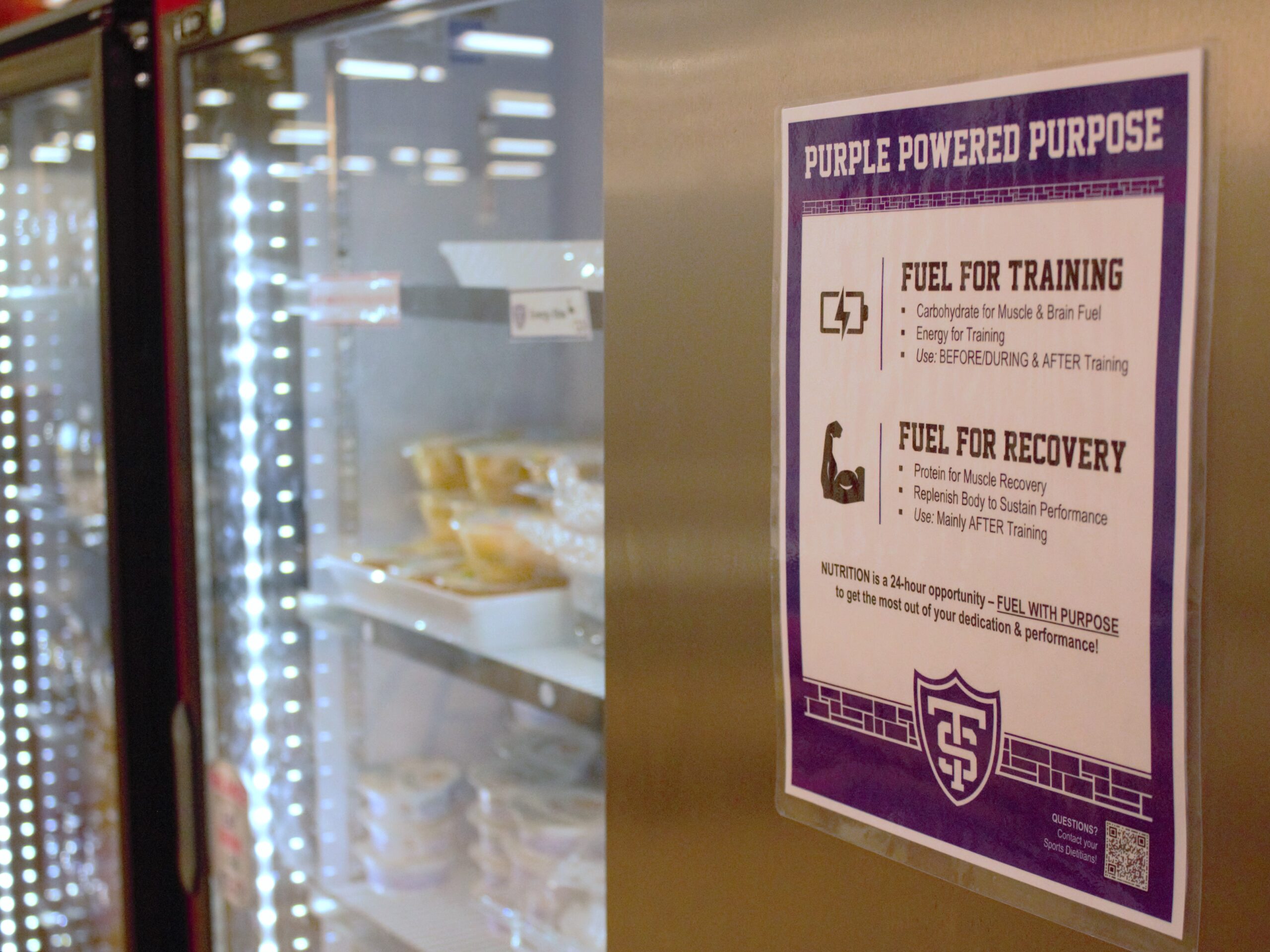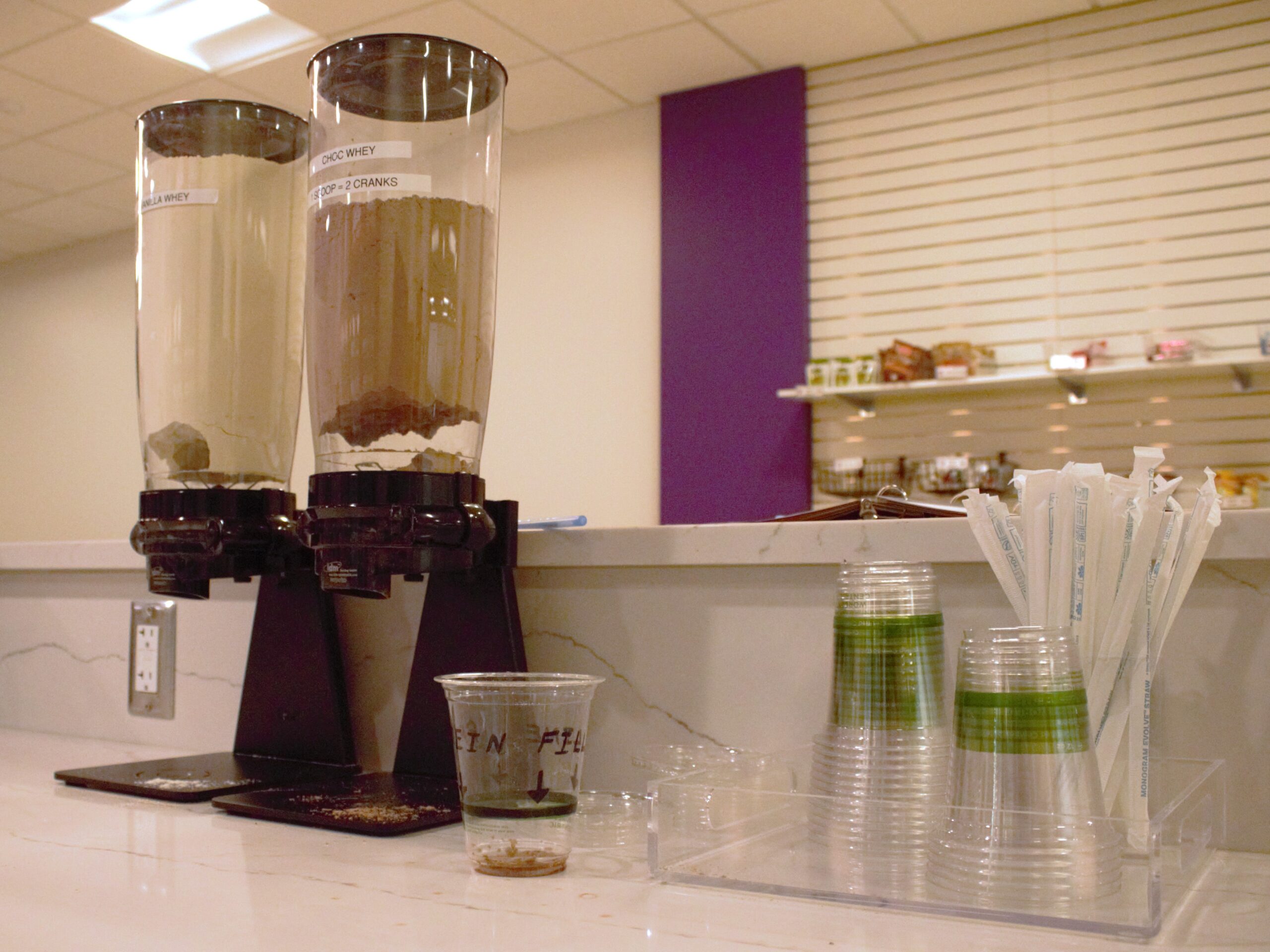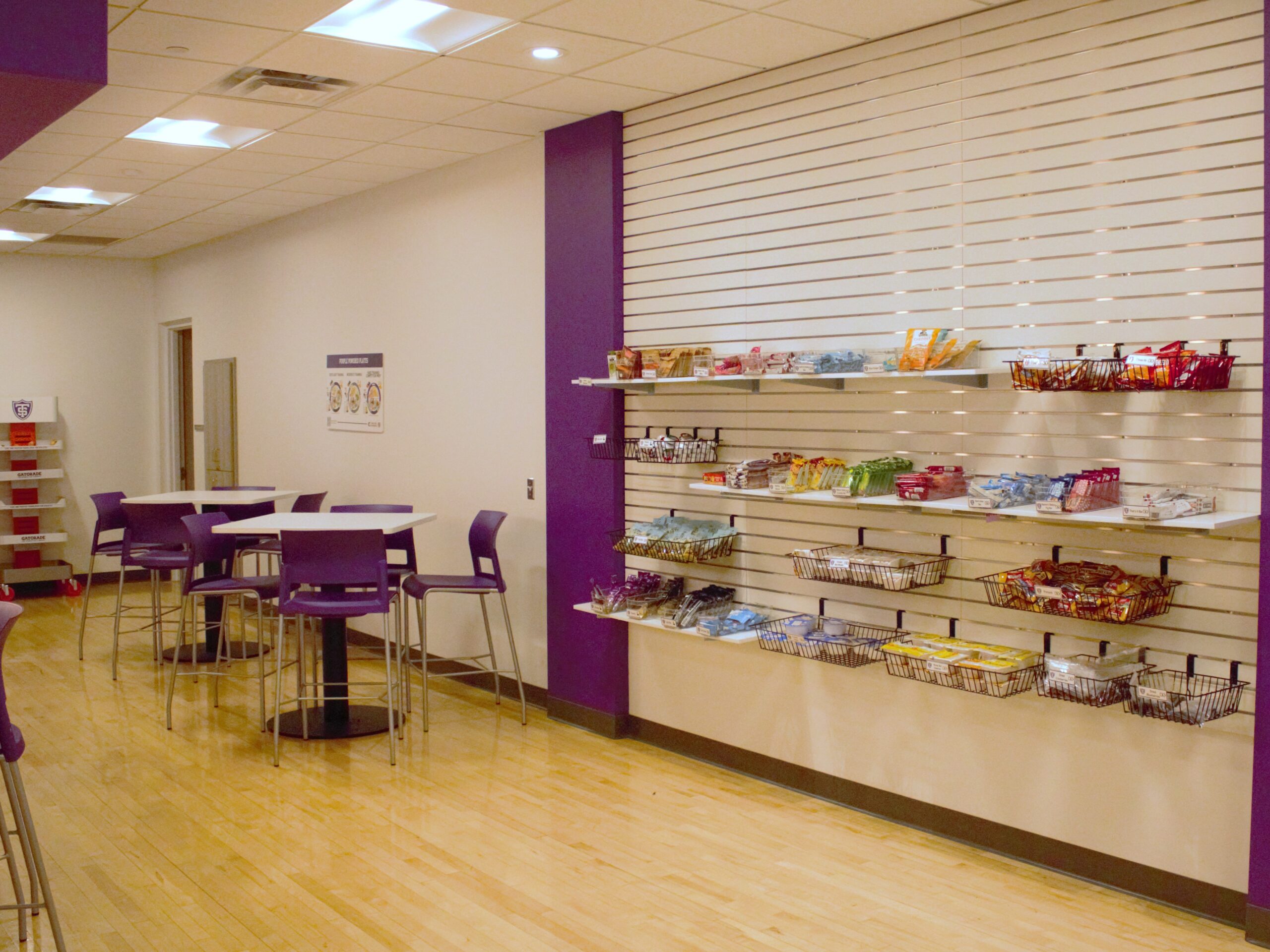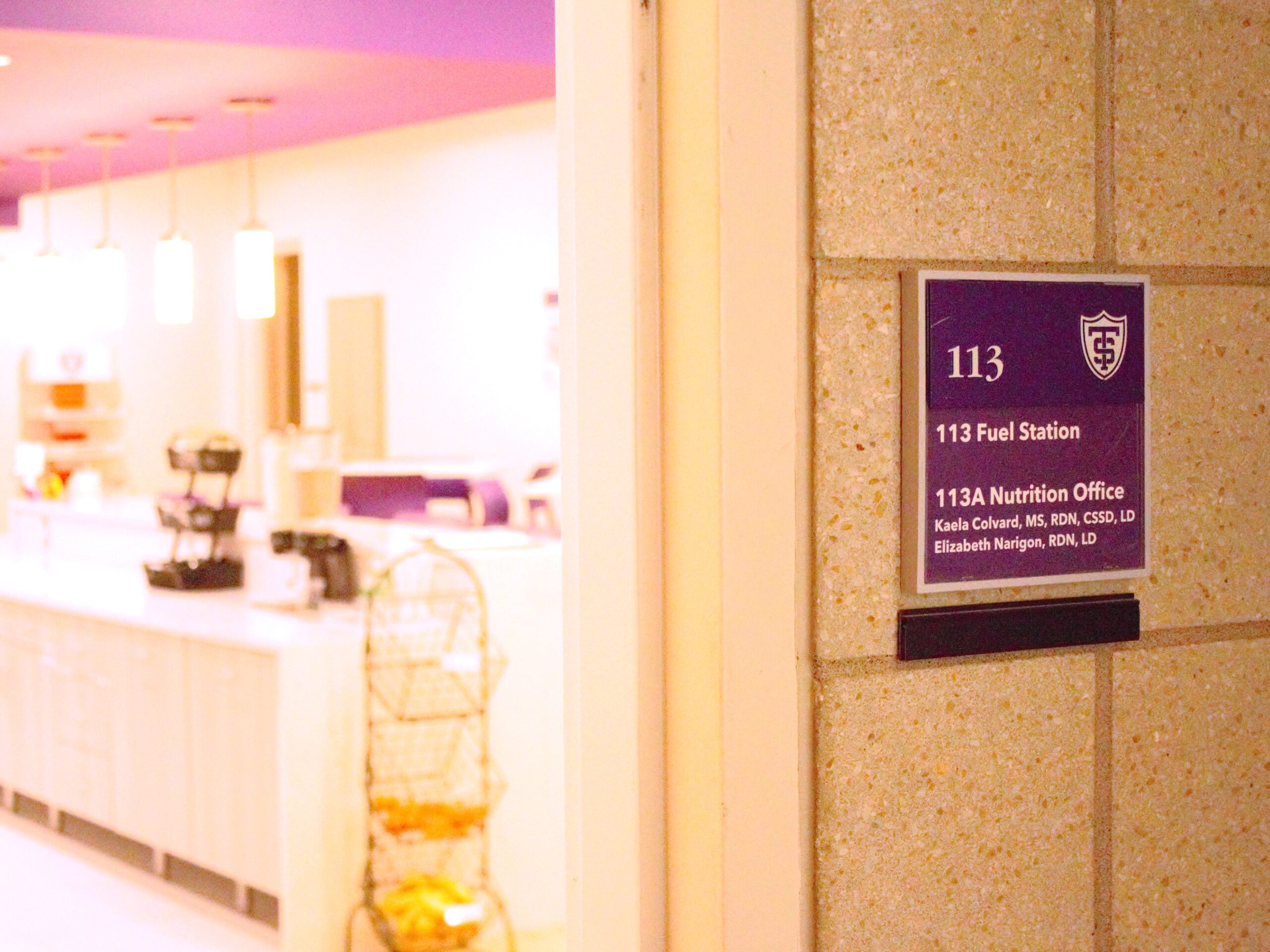This fall, the University of St. Thomas opened a new fuel station to keep student-athletes nourished on training days.
The university’s sports dieticians believe that it will help St. Thomas make a place for itself in the Division I landscape.
“This levels up St. Thomas’ support allocations in comparison to the nutrition programs at the D-I level and puts them right in the mix, if not above the mix,” sports dietician Kaela Colvard said.
St. Thomas has been playing catch-up ever since its transition to Division I and the new sports nutrition program is part of it. St. Thomas’ in-state compatriot, the University of Minnesota, spent $3.4 million on student-athlete meal allowances and snacks in 2022.
A key difference between the two school’s nutrition programs is the meals. The fuel station is not intended to supplement entire meals for the Tommies, while Gopher athletes have their own separate cafeteria.
“D-I sports nutrition programs have been around for about ten years, so we’re ten years behind,” Colvard said.
Located across from the weight room in the AARC, student-athletes find all the protein and carbohydrates they need to grow muscle and recover in the form of various snacks. Along the walls are crackers, protein bars, fruit, and all kinds of edible energy.
The fuel station is a new step in a program that began last year, which had sports dieticians fully allocated to St. Thomas from Twin Cities Orthopedics. Colvard and Lizzy Narigon work closely with the sports medicine team and coaches to help give student-athletes the fuel they need. The station focuses on making sure athletes are the best they can be in competition and training.
“It’s been a huge project of teamwork and it’s come together really well and a lot quicker than I actually thought was possible,” Colvard said.
The fuel station gives student-athletes the ability to get a nutritious snack on a short notice to maintain their energy. First-year swimmer Sophia Hayes said she loved the convenience.
“I love it. It’s been really nice, especially after practice,” Hayes said. It’s so convenient, it’s right across from lifting, right next to the pool. It’s just easy.”
Hayes says that the fuel station gives her a boost beyond just the physical aspect of her sport.
“We’re a lot happier at practice, we’re not as hangry,” Hayes said.
Colvard says that not having to worry about quick access to nutritious food has lifted a burden off of student-athletes.
“Everyone’s been so excited… which is so nice to hear from student-athletes, and just on that note decreased stress levels,” Colvard said.
The fuel station is more than just giving food out to players. Colvard and Narigon want the fuel station to be an educational resource as well. They hope to give student-athletes the tools to be able to make health-conscious decisions even after their time in college athletics.
“The team is working towards functional body composition, healthy body image, digestive disorders, injury recovery,” Colvard said.
A poster in the fuel station reads: “Purple Power,” and gives athletes a simple formula. Carbohydrates before training to energize, and protein after to recover. The dieticians want student-athletes to learn why they consume certain foods and the benefits they receive from them. The fuel station is home to demonstrations for teams so that they can carry on good habits into the future.
“Other demos include just making functional recovery nutrients… or just some of those recipes that they can take with the rest of their lives,” Narigon said.
Narigon recognizes how unique every student-athlete is, and said they have plans to address the different needs they may come across.
“We’re trying to help these athletes fuel in the best way for themselves. Everyone’s an individual,” Narigon said.
Sticky notes are stuck to a wall under a sign asking for suggestions, a reminder that the program is all still fresh. An addition Colvard wants to add is classes to teach student-athletes how to use nutrition to overcome obstacles and face changes.
“We’ll do fueling education training like the pillars of injury recovery, what you need to do now, supplement safety… and then a body image class as well,” Colvard said.
Colvard and Narigon hope to continue to grow the sports nutrition program alongside the university and the athletics programs.
“We have lots of goals on hand,” Colvard said. “We have plans within the new arena to have a fueling station there, too.”
Adam Mueller can be reached at muel7541@stthomas.edu.

